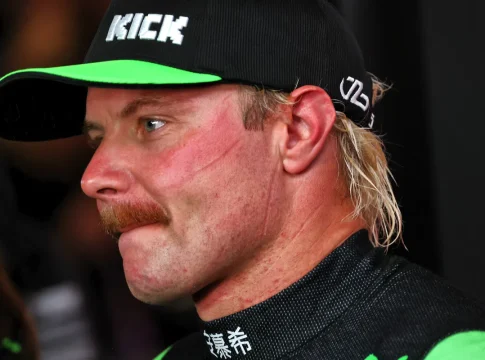Max Verstappen changed Formula 1 forever when he jumped into the sport at just 17 years old, skipping the usual F2 stepping stone. Now, that bold move is reshaping how teams pick their drivers.
“There’s a bit of a trend now for the rookies and newcomers,” says Valtteri Bottas, who’s seen the sport’s landscape change dramatically during his career.
He’s not kidding. Five rookie drivers are joining F1’s grid, and teams are taking bigger chances on younger talent than ever before.
Just look at Andrea Kimi Antonelli. Mercedes is already eyeing the 17-year-old wonderkid – passing over experienced stars like Carlos Sainz in the process.
It’s a pretty remarkable shift in F1’s thinking. Teams used to value experience above almost everything else.
Not anymore.
“At the moment there’s more preferred opinions for the rookies than experience,” Bottas explains. He knows this firsthand – Sauber just replaced him with rookie Gabriel Bortoleto for 2025.
There’s actually some smart thinking behind this youth movement. With massive rule changes coming in 2026, teams are using 2025 as a training ground for their young drivers.
“I think next year we’ll also see how well all of them are going to be doing,” says Bottas, who’s heading back to Mercedes as a reserve driver after losing his Sauber seat.
But the Finnish veteran isn’t totally convinced this youth-first approach will work for everyone.
“Sometimes it works, sometimes it doesn’t,” he says. “Only time will tell.”
The real question is: Will these teenage sensations follow in Verstappen’s footsteps, or will F1 learn that experience still counts for something?

